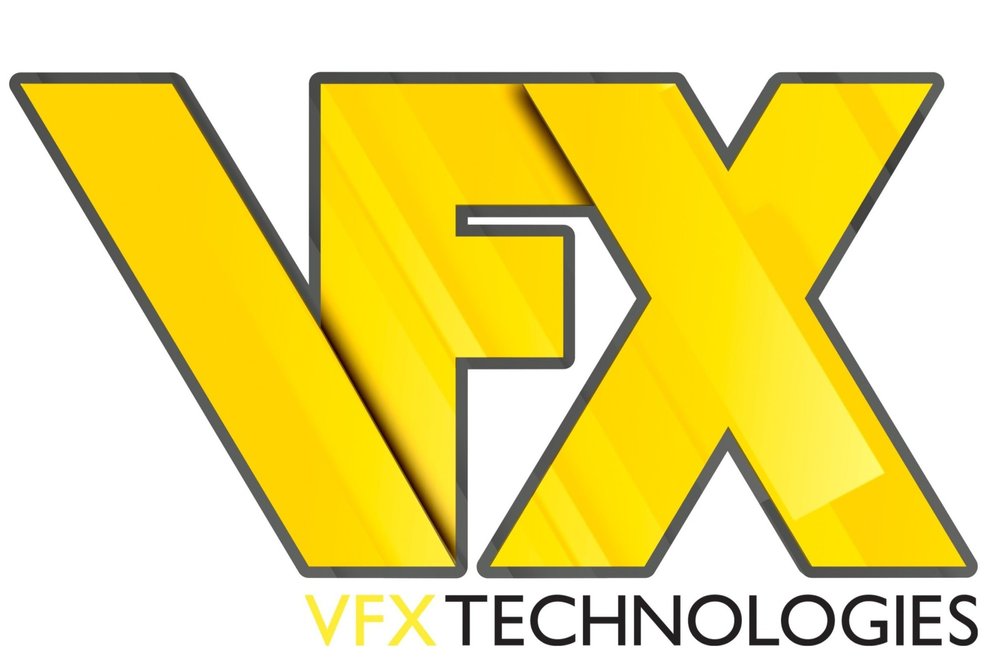This month, we talk with VFX CEO Sarote Tabcum Jr. about the company's participation in this year’s Super Bowl and Grammy Awards.
What were your client’s needs?
For the Super Bowl, there were two main types of requests. One was for systems to handle heavy post production and VFX type work. These were for clients that range from ad agencies to boutique studios. They all needed to scale up quickly to get TV spots done, web spots and TV graphic packages that all were going to go live / aired during the Super Bowl.
The next group are companies that were working on site during the Super Bowl. These systems were used to help provide real time graphics and editing that drive the content being broadcasted by CBS. These system requirements aren't too different from the first group though the applications may be different.
For the Grammy Awards, in addition to providing high performance Mac and PCs we also had to develop custom scripting to automate a custom encoding workflow. The project had a very short turnaround and was quite a challenge.
How did you meet those needs?
We have a large inventory of high-performance systems and components allowing us to respond quickly as well as offering outside the box creative solutions with software developers. Having techs and equipment also allowed us to test the workflow before the event. Often times we are the only provider of such unique high-performance solutions.
Did you exceed your client’s expectations?
We had a couple of different clients on the ground at ATL that were using our latest and greatest workstations and their responses were spectacular. They really loved how fast and reliable our systems were.
What made your client choose VFX?
Many of our new clients find us online and choose to go with us after we spend time devising the ideal solutions for their needs. It also helps when they see the impressive roster of past clients we’ve served.
How were you able to convince the client of your products capabilities?
We take time to understand our clients' project and challenges first. Then we put our heads together and devise the best solution. This process is what helps our clients start to trust our knowledge and thought process. They also begin to understand how we operate and once they know we think beyond the potential obvious solutions; they give us their trust.
What makes your company reliable?
We take great pride in providing the best in class solutions. This means we test everything and ensure all our clients successfully complete their projects. Everyone here at VFX takes it personal when it comes to making sure our client’s projects all end up successful. This translates into having a solid reputation of reliability.
##



